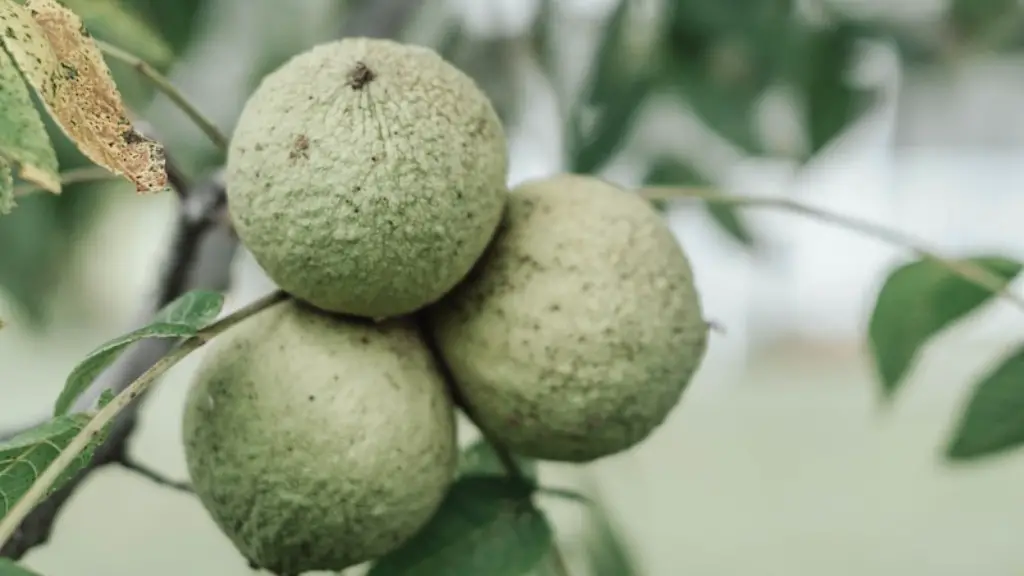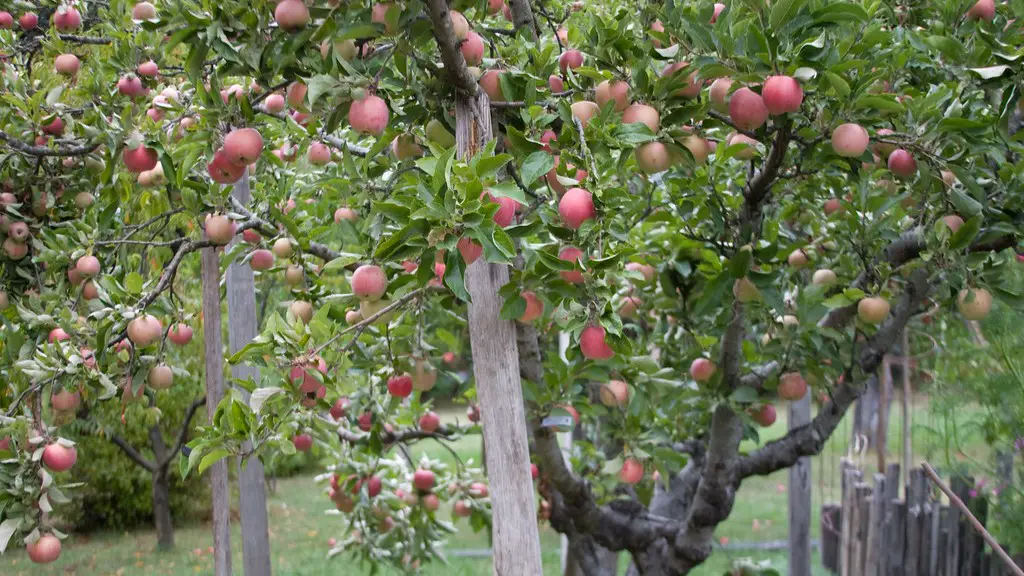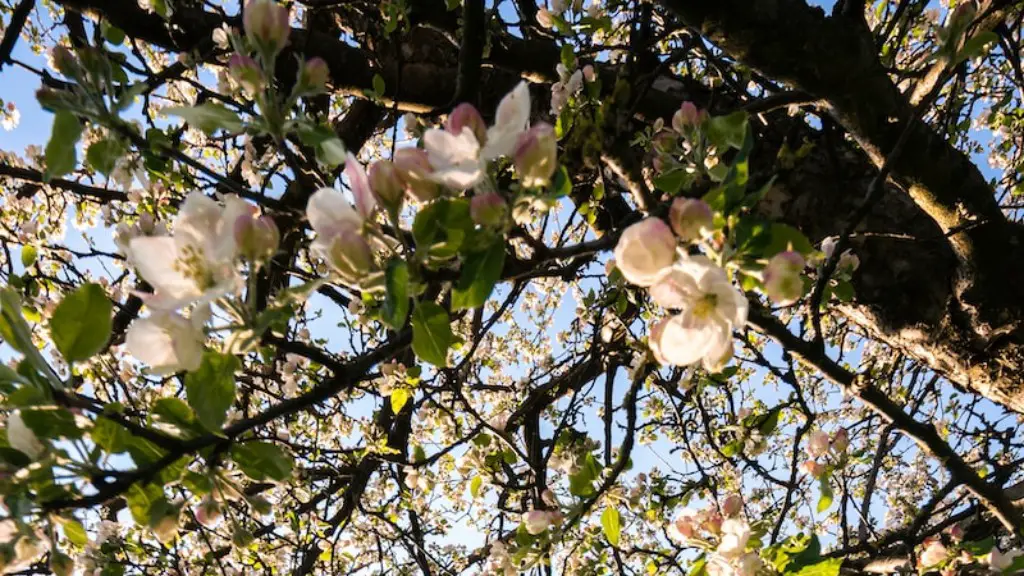It’s a common problem. Indoor palms trees turning brown. You see it happen, however, if you see it or not, you already know the dying palm tree. In most cases it’s due to poor maintenance, but it can also be related to environmental conditions. Here is why your indoor palm might be turning brown, and what you can do to prevent it.
A palm tree needs a lot of care and attention to stay healthy and green. Carelessness, over-watering, and lack of sunlight cause the leaves to turn yellow and brown. Without proper irrigation and regular repotting, the soil may become water-logged and unable to absorb the proper amount of water. This causes the roots to become sodden and rot, leading to the leaves dying off.
Sunlight is important for a healthy plant. However, many indoor palms are kept away from any direct sunlight for too long. While some species do prefer the indirect light of the indoors, many can’t survive without the direct rays of the sun. For these palms, keeping them in a bright area – such as near a large window – can help. They will benefit from being outside for several hours a day.
The key to healthy indoor palms is to understand the needs of the particular species. Different palms will require different amounts of irrigation, sunlight, and feeding. Some of them might require more frequent repotting than others. Knowing which type of soil and fertilizer is best for your palm tree is also essential.
Good air circulation also plays an important role in keeping your indoor palms in good health. Good air circulation is necessary to keep the palms dry, healthy and free from mold and mildew.
In some cases, indoor palms suffer damage due to cold or hot temperatures. If the temperature drops too low, the leaves may turn yellow or brown and die. Severe fluctuations in temperature can also cause the leaves to curl up, become papery thin or die off entirely.
Lastly, insects can be a major cause of brown leaves on palm trees. Pests such as scale, spider mites and mealybugs are attracted to warm, moist environments, making indoor palms especially vulnerable. Regularly checking the palms for signs of insects, discolored leaves or other damage is important in controlling the spread of any possible infestations.
Nutrients
Indoor palms trees require regular feeding – weekly or biweekly for most species. The type of fertilizer used will depend on the particular species of palm. Different species have different nutrient needs. Adding some compost or slow-release fertilizer to the soil can help to nourish the plants when you water them.
It’s important to avoid overfeeding the palms. Too much fertilizer can lead to an abundance of fast-growing leaves that can’t be supported by the roots, leading to browning or yellowing of the leaves.
Proper soil drainage is also important in preventing the roots from becoming waterlogged and, in turn, dying off. Using an organic-rich soil mix, with perlite or expanded clay and adding a layer of mulch can help to maintain proper drainage and aeration.
It’s also important to avoid overwatering. Allowing the soil to dry between waterings will provide the best results. The soil should be slightly moist, not soggy or saturated.
For some species, misting the leaves can help. However, frequent mistings should be avoided, as the plant can become waterlogged, leading to mold and root rot.
Environment
Certain environmental conditions can also cause indoor palm trees to become brown, including the air temperature, humidity levels, and the light levels in the home. Indoor palms prefer a temperature range between 70 and 90°F, and a relative humidity between 40 and 50%.
Too much sunlight or too much shade can cause the leaves to become discolored and die off. Regularly exposing the palms to some direct sunlight and shielding them from strong heat sources can help keep them from browning.
Pruning
Sometimes, browning leaves must be removed from the indoor palm tree. It’s important to only remove the affected leaves, since removing healthy ones can compromise the health and growth of the palm. Browned leaves can be removed with sharp clippers or a pair of scissors.
Over time, the leaves of indoor palm trees can become crowded and dense. Regular, light pruning can help keep the leaves healthy and free from obstacles, allowing the sunlight to reach each one. This will prevent excessive heat and promote air circulation.
Protection
Animals in the home can cause serious damage to indoor palms. Pets such as cats and dogs can scratch or otherwise damage the leaves and stems, resulting in the leaves turning yellow or brown. It’s important to monitor the indoor palms closely when pets are around and to discourage them from playing near the plant.
In addition, humidity levels in the home can also cause indoor palm trees to become brown. In high-humidity environments, the leaves can become moldy or can suffer from root rot. To reduce the amount of moisture in the air, it’s important to open windows and use dehumidifiers to keep the humidity levels low.
Finally, an often overlooked cause of browning leaves is air pollution. Indoor palm trees can accumulate dust and other pollutants from cooking, smoking, construction and even air conditioners. Periodically wiping the leaves with a damp cloth can help remove dust and toxins.
Prevention
Indoor palm trees need regular care and maintenance in order to stay healthy and beautiful. Paying close attention to the environment and conditions of the plants, including irrigation, sunlight, temperature, humidity and air circulation, is key. Providing the right amount of light, water, food and air circulation can significantly reduce the chances of your indoor palm tree turning brown.
In addition, regular check-ups are essential. Inspect the plant for any signs of disease, insects or overcrowding. Looking for any fungal growth or discolored leaves can help spot any issues quickly.
Finally, it’s important to stay on top of your pruning and trimming schedule. Pruning away dead leaves and stems can help promote healthy growth and keep the palm tree looking fresh.
Treating Brown Leaves
If your indoor palm has already begun to turn brown, the first step is to identify the problem. Once you have pinpointed the issue, it’s important to take the necessary steps to correct it. In some cases, the plant can recover, but in other cases, the browning leaves may be beyond saving.
For mild cases of browning, it’s best to start by cleaning the leaves, as this may help the plant recover. Removing dust and other pollutants will decrease the air temperature around the plant, and flatten any damaged or discolored areas. For more serious cases, it may be necessary to repot the palm tree and give it some extra care.
If the soil is waterlogged, it may be necessary to repot the palm tree with a fresh soil mix that is well-draining. Finally, it’s important to keep up a good fertilizing and watering schedule, as this will help to promote healthy growth.
Conclusion
Indoor palms can quickly succumb to the elements, leading to a browning of their leaves. Regular maintenance and care can help to keep them healthy, green and vibrant. Understanding the needs of the palm tree, paying attention to its environment, and staying on top of fertilizing, can help to prevent brown leaves and keep your indoor palm trees looking great.





